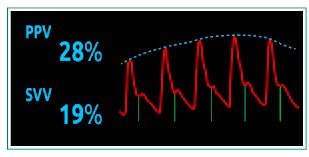
Intensive care doctor. Striving to be humbled with a little less regularity
How to get URL link on X (Twitter) App




https://twitter.com/norfolk_tim/status/1482769404102381568The Pv-aCO2 gradient (ΔCO2) is simply the partial pressure of CO2 in venous blood (mixed or central venous) - the partial pressure of CO2 in arterial blood.


 The ∆ between systolic & diastolic pressures is the pulse pressure (PP) & it is determined by the compliance of the aorta and the ventricular stroke volume (SV).
The ∆ between systolic & diastolic pressures is the pulse pressure (PP) & it is determined by the compliance of the aorta and the ventricular stroke volume (SV).